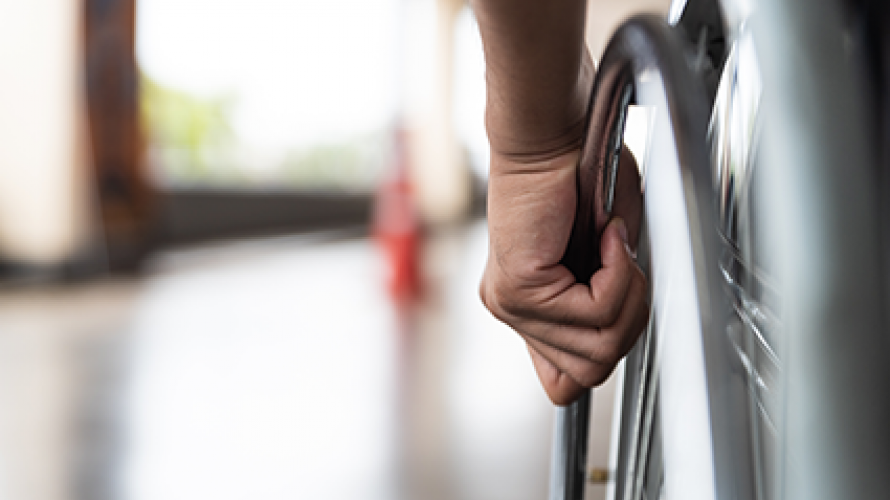
What is the study about?
Immediate consequences occur when part of a wheelchair breaks and leaves an individual stranded or injured, or causes him or her to miss medical appointments, work, or school. The study looked at the relationships among wheelchair breakdowns, their immediate consequences, and secondary health complications after spinal cord injury (SCI).
What did the study find?
The study found that participants who reported one or more immediate consequences had worse secondary complications (i.e., higher self-perceived health status and pain scores and higher odds of rehospitalization and pressure injury development) when compared to those who reported no breakdowns. Secondary health complications were not different in those who reported no immediate consequences compared to those who reported no breakdown.
Who participated in the study?
Participants were eligible if they were older than 16 years, had a neurologic impairment resulting from a SCI that occurred at least one-year prior to the study, and used manual- or power-wheelchair for at least 40 hours per week.
How was the study conducted?
This study is a secondary analysis of a former study. Participants were asked to complete a questionnaire on their demographic characteristics, secondary health conditions, and wheelchair breakdown incidences and any subsequent immediate consequences (i.e., injury, being stranded, missing a medical appointment, or an inability to attend school/work); self-perceived health status scale; pain severity numerical rating scale; rehospitalizations; and self-reported pressure injury development within the past 12 months.
How can people use the results?
Health practitioners and providers can use these results to better understand the relationship between wheelchair breakdowns and resulting immediate consequences as well as the role of these breakdowns on secondary health outcomes. Survivors and families of survivors can use these results to educate themselves on the consequences of wheelchair breakdowns. The results of the study also underscore the importance of wheelchair users and their caregivers knowing how to do some maintenance as well as therapists and/or those who fit wheelchairs.
Reference
Hogaboom, N. S., Worobey, L. A., Houlihan, B. V., Heinemann, A. W., & Boninger, M. L. (2018). Wheelchair Breakdowns Are Associated With Pain, Pressure Injuries, Rehospitalization, and Self-Perceived Health in Full-Time Wheelchair Users With Spinal Cord Injury. Archives of Physical Medicine and Rehabilitation, 99(10), 1949-1956. doi:10.1016/j.apmr.2018.04.002